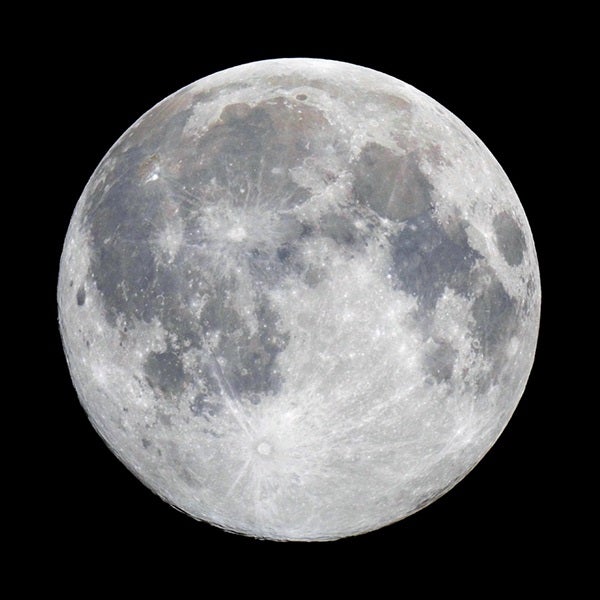Blue Moons happen about once every 33 months and no, the Moon doesn’t turn blue.

No matter how many Full Moons appear in any given timespan, its color will not actually change to blue. Credit: John Chumack.
Blue Moons are known for the folklore surrounding their appearance in the skies. But the real thing has less to do with its color and more with the timing of the year’s Full Moons.
The next Blue Moon is May 31, 2026. It will be a monthly Blue Moon; here’s what that is:
There are two types of Blue Moons: seasonal and monthly. A seasonal Blue Moon is “the third Full Moon of an astronomical season that has four Full Moons” and happens between the summer solstice and the fall equinox, according to NASA. A monthly Blue Moon, which is what most people think of when they hear the term, is the second Full Moon in a month that features two Full Moons.
The next seasonal Blue Moon is May 20, 2027.
By the way, it’s possible that those who live in certain time zones may not experience a Blue Moon. Here’s how Astronomy magazine explains it: “Astronomers calculate the instant of Full Moon using Universal Time (UT), a standard that is, for our purposes here, equivalent to Greenwich Mean Time. If you happen to live in a time zone far enough away from Greenwich, England, shifting the UT time of Full Moon to your local time may be enough to advance the date to the first day of the new month, which means it’s no longer a Blue Moon.” For example: “Depending on your time zone, the Blue Moon of July 2004 occurred in either July or a month later, with the second Full Moon of August.”
How rare are they?
The idiom suggests a rare event that happens after a long time or never at all, but they occur about once every 33 months.
A lunar month, or the time between identical lunar phases, is 29.5 days. So, monthly Blue Moons can only happen when there is a Full Moon at the start of a calendar month, so there can be at least 29.5 days between the two Full Moons. Because of the length of the lunar month, it takes 354 days for the Moon to reach Full 12 times. Because this is less than 365 days, there is a only Blue Moon about every two and a half years.
Between 1550 and 2650, there are 408 seasonal Blue Moons and 456 monthly Blue Moons. Both seasonal and monthly can happen in the same year. Almanacs first began to refer to the extra Mull Moons as Blue. According to Encyclopedia Britannica, an error in a magazine “that the extra moon was the second in a calendar month rather than the fourth in a season, [provided] a new meaning that eventually crept into wide usage in the 1980s.”
Does the Moon turn blue?
No, the moon does not turn blue during a Blue Moon. However, atmospheric conditions like smoke or volcanic ash can sometimes make the Moon appear indigo-colored, but this does not require the affected Full Moon to be a Blue Moon.
This story was first published Jan. 15, 2024, and is continually updated to reflect upcoming Blue Moons.

